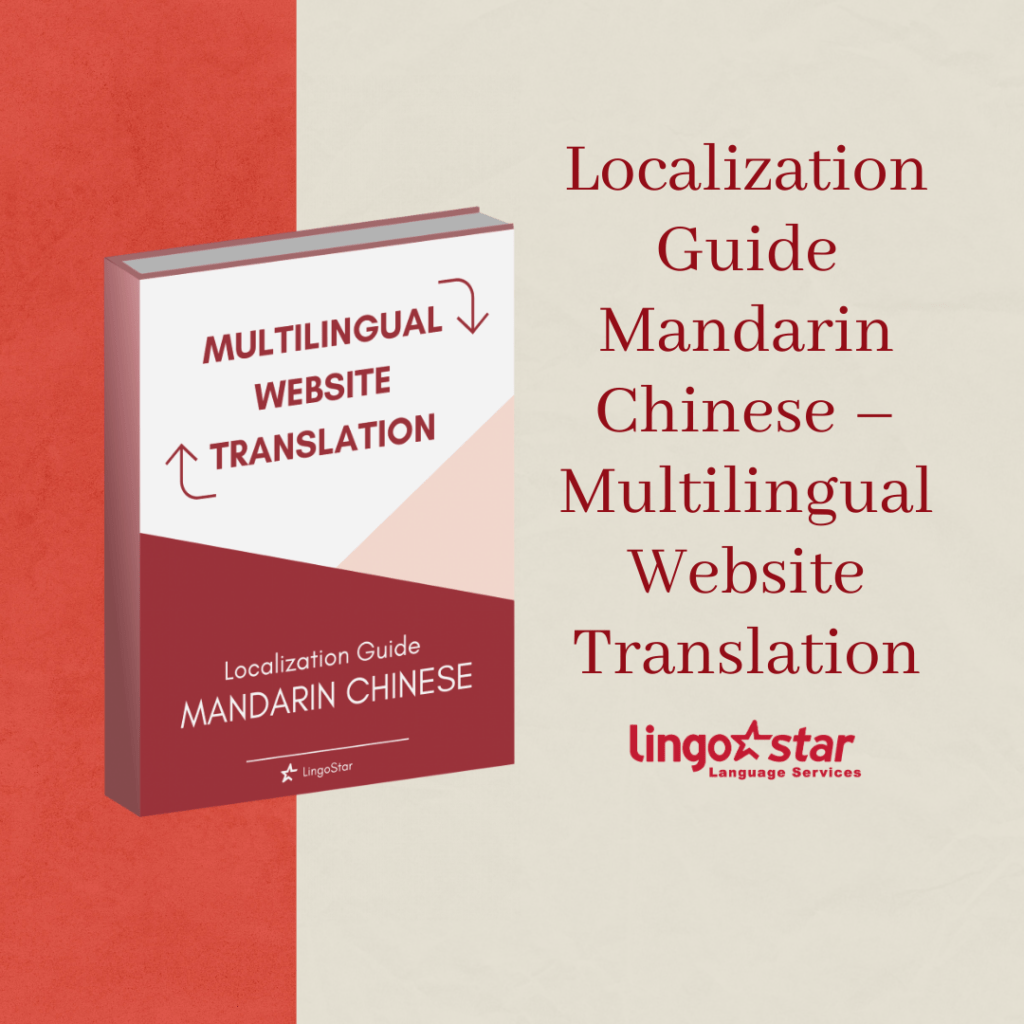Taiwan & China
Taiwan and China’s relationship is quite politically charged and controversial. However, regardless of whether one views Taiwan as part of China or not, there is a common misconception that life in Taiwan and China is exactly the same. However, Taiwanese culture and linguistic differences from Mainland China are quite interesting to learn about. Let’s go over a few of them!
Taiwanese Culture: Convenience Stores
Similarly to convenience store culture in Japan, Taiwan’s convenience stores are nothing to scoff at. Practically every street has at least one store, the most common being Family Mart and 7-Eleven, which are open 24/7. In fact, Taiwan has the second highest convenience store density in the world! True to their name, you can conveniently buy surprisingly high quality meals, snacks, baked goods, and you can even pay with the local public transit pass. Not only that, but you can also:
- Buy hot food
- Pay parking tickets and other fines
- Pay your taxes
- Send money
- And more!
How did Taiwan’s convenience stores become so widespread? The first 7-Eleven opened in 1979, but only became a profitable business in 1986. Coincidentally, the Japanese Family Mart opened up in Taiwan in 1988 – around the same time when 7-Eleven became profitable in Taiwan. Other smaller convenience store chains followed soon after. Convenience stores became so prominent because they were firmly able to integrate into Taiwanese culture and daily life, and their services have only been expanding since.
Taiwanese Culture: Night Markets
Taiwan has a bustling night market culture. These markets are either permanent or temporary night-time popups, and attract large crowds of people who go to play games, eat street food, or shop along the stalls. Although China has night markets too, Taiwan’s night markets are more well-known and popular, and remain a steadfast part of Taiwanese culture.
Taiwanese Culture: Cuisine
Although most Taiwan cuisine comes from the Fujian region of China, it has been mixed with Taiwanese indigenous Hakka cuisine, as well as Japanese cuisine during the Japanese colonial period. Here are a few popular dishes and their special characteristics:
- Sticky rice is a common Chinese dish – typically prepared by mixing glutinous rice and various fillings together, and then wrapping them in leaves. Taiwanese-style sticky rice usually contains a mix of peanuts, salted egg, and pork belly. Although many Mainland Chinese regions wrap the rice in a flat rectangular shape, the Taiwanese style uses a tetrahedral shape.
- Taiwan is famous for tropical fruit – especially mangoes. Taiwanese-shaved ice, topped with a variety of fruits and sweets, is a popular treat in the summer!
- Bubble tea, the now internationally popular drink, originated in Taiwan. Taiwan is home to multiple brands and specialty bubble tea drinks. Many internationally known bubble tea chains are extensions of Taiwanese chains.
- Instant noodles are typically associated with Japan, but the Japanese inventor of instant noodles was actually born in Taiwan. Instant noodles of every flavour and variety – the fancier ones including real preserved meat as toppings – are available everywhere.
- Stinky tofu – a type of fermented tofu – is one of the more notable features of Taiwanese night markets. You definitely won’t miss a stand – and will probably smell it before you see it!
Language
Not only does Taiwanese culture differ from Mainland China, but the language differs too.
The Chinese government banned indigenous Taiwanese languages for a period of time and promoted Mandarin as the official language. Thus, Mandarin is spoken widely in Taiwan today, However, Taiwanese is still prominent in the south, and Taiwanese Mandarin sometimes mixes the two languages.
There are a few other differences between Mainland China Mandarin and Taiwanese Mandarin as well. Most notably, Taiwan uses Traditional Chinese characters to write. Spoken Mandarin in Taiwan also has a regional accent, which the Mainland Chinese often describe as softer, flatter, and sometimes as cuter. A notable difference is that the Northern Mandarin accent adds an “r” sound to the end of some syllables – called “erhua.” This is, however, nonexistent in Taiwan, where the same words lack the additional “r” sound at the end.
There are also some vocabulary differences:
- Taiwanese Mandarin tends to use 禮拜 (libai) to say “week” instead of 星期 (xingqi), which is more often used in Mainland China.
- Taiwanese Mandarin uses 小姐 (xiaojie) to refer to young women of unknown marital status or if her name is unknown – similar to calling someone “Miss” in English. However, a young woman called 小姐 in Mainland China might take it as offensive!
- Taiwanese Mandarin uses the word 脚踏車 (jiaotache) for bicycle, but Mainland China tends to use 自行車 (zixingche).
As you can see, Taiwan has quite a few differences from Mainland China, both culturally and linguistically!
Still curious about Chinese culture? Check out our blog post on Chinese New Year’s here!
LingoStar Translation Services is Here to Help!
If you need a translation from English into Chinese (Traditional) or from Chinese (Traditional) into English, count on us to provide you with a quality translation service. We analyze your Chinese translation requests to provide professional Chinese translation services. We then proofread the translation in order to deliver it by the established due date. LingoStar is here for you! If you need more information, call us today at 604-629-8420 or send us an email at info@lingo-star.com. You can also get a free quote here.
Subscribe to our newsletter for updates and promotional offers!


















